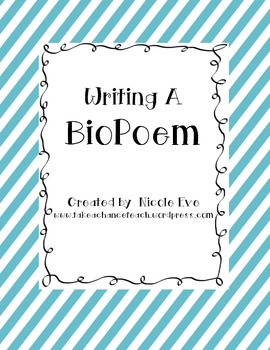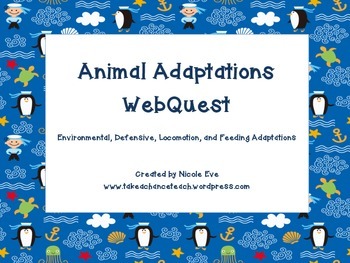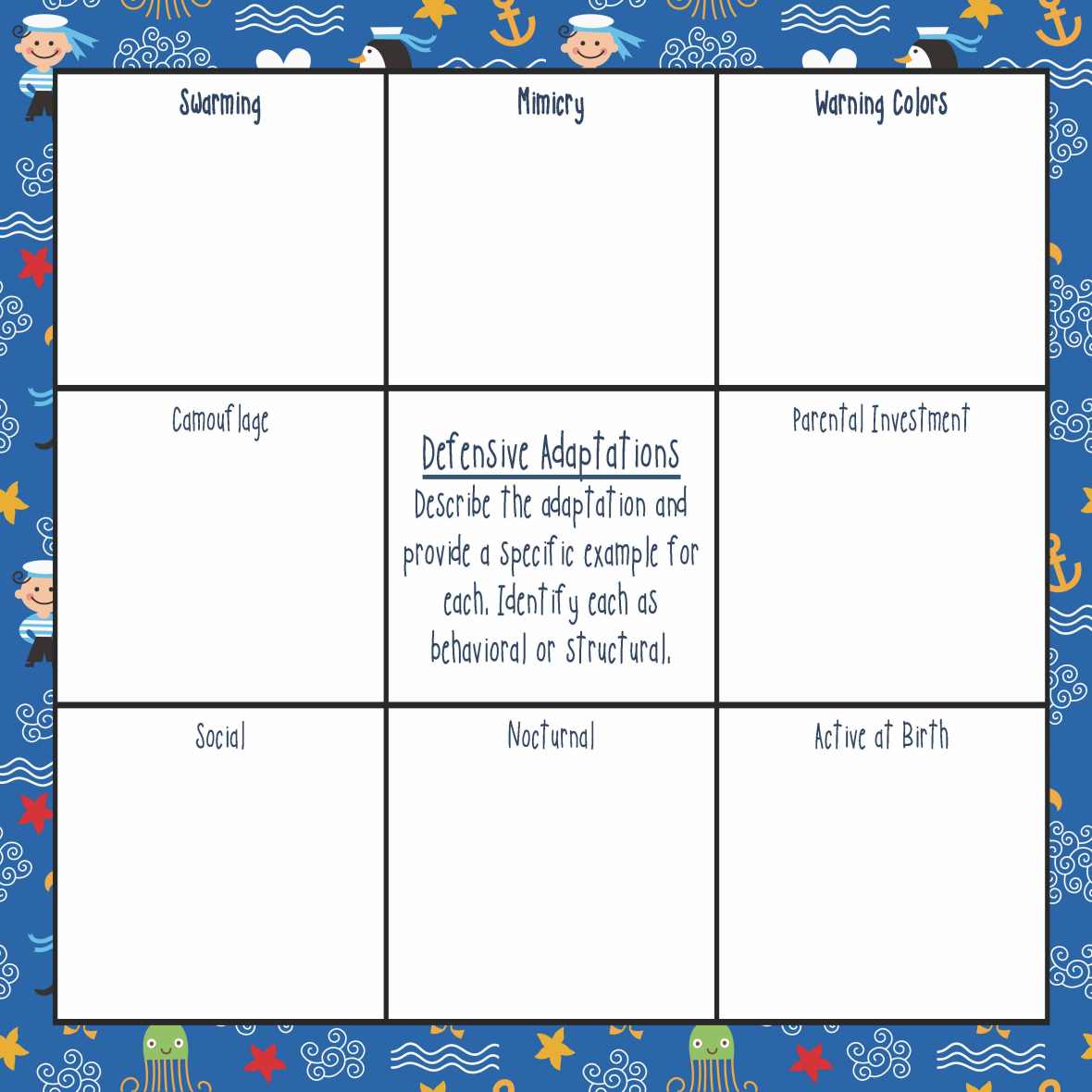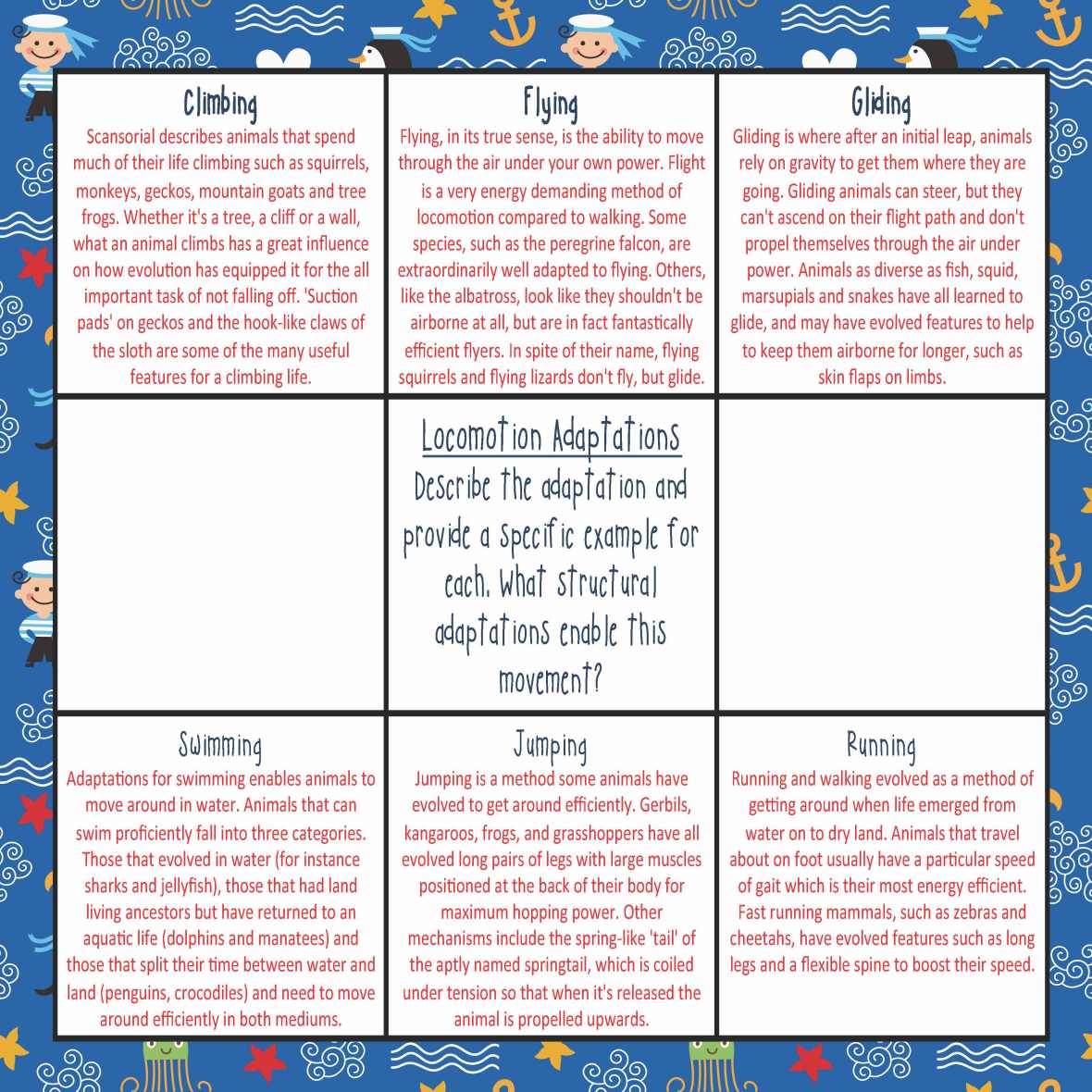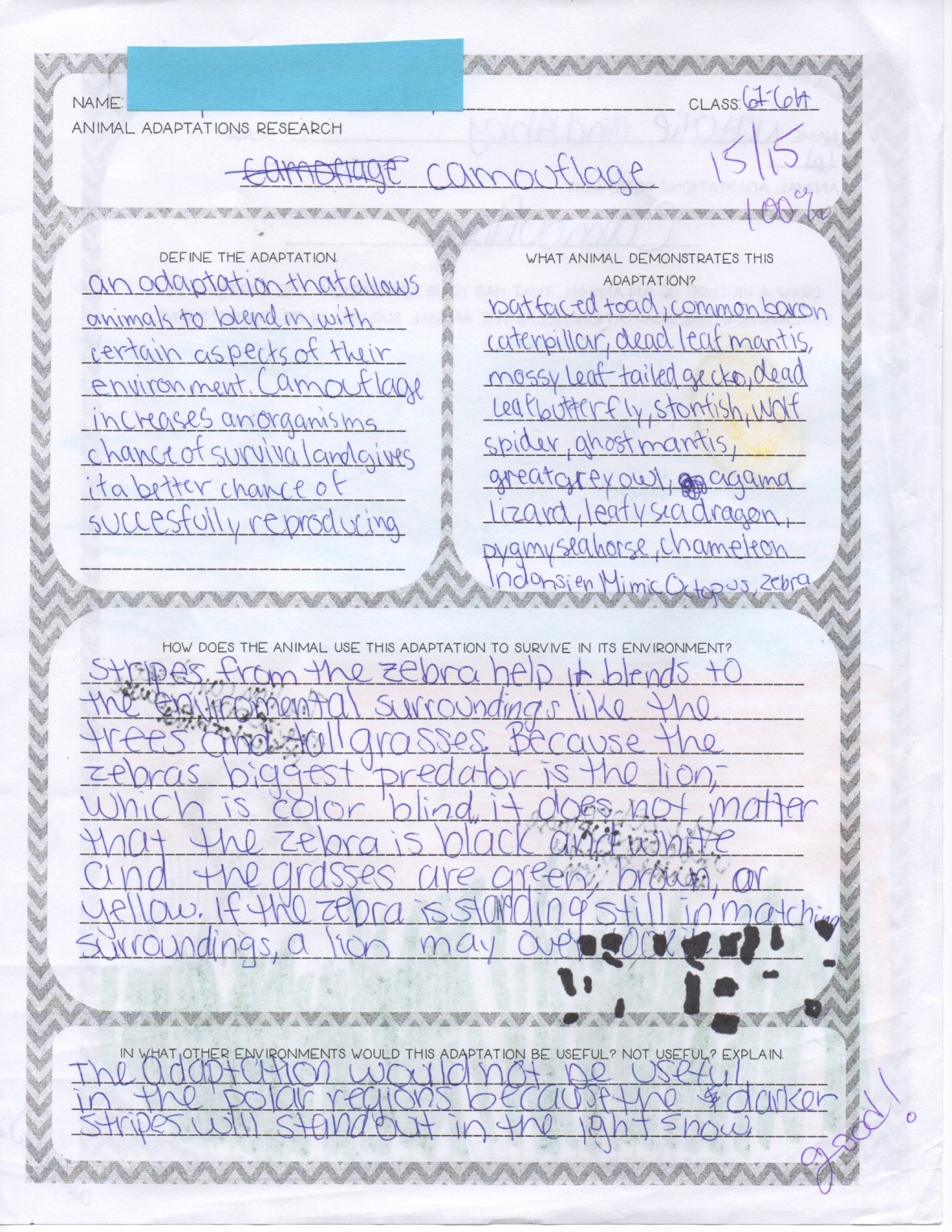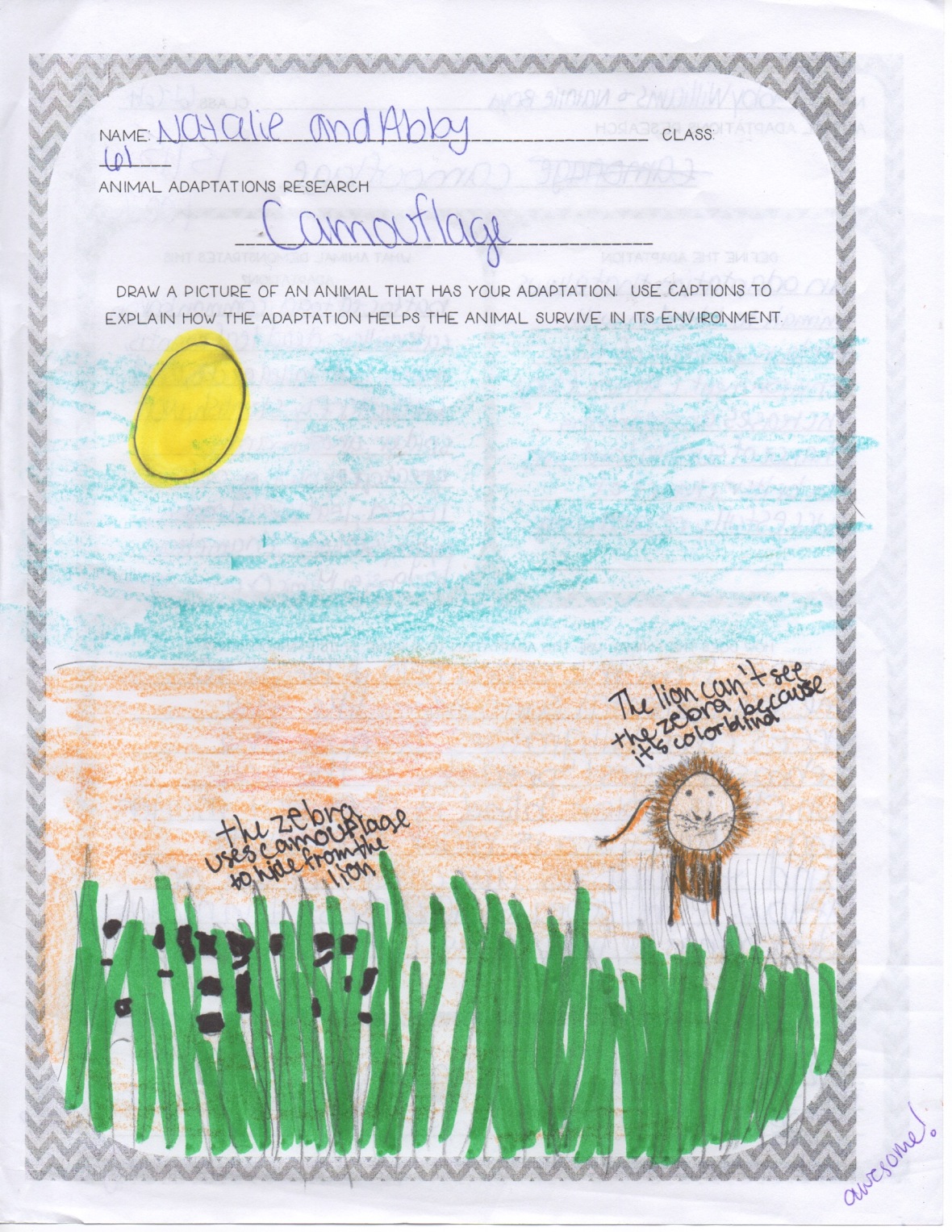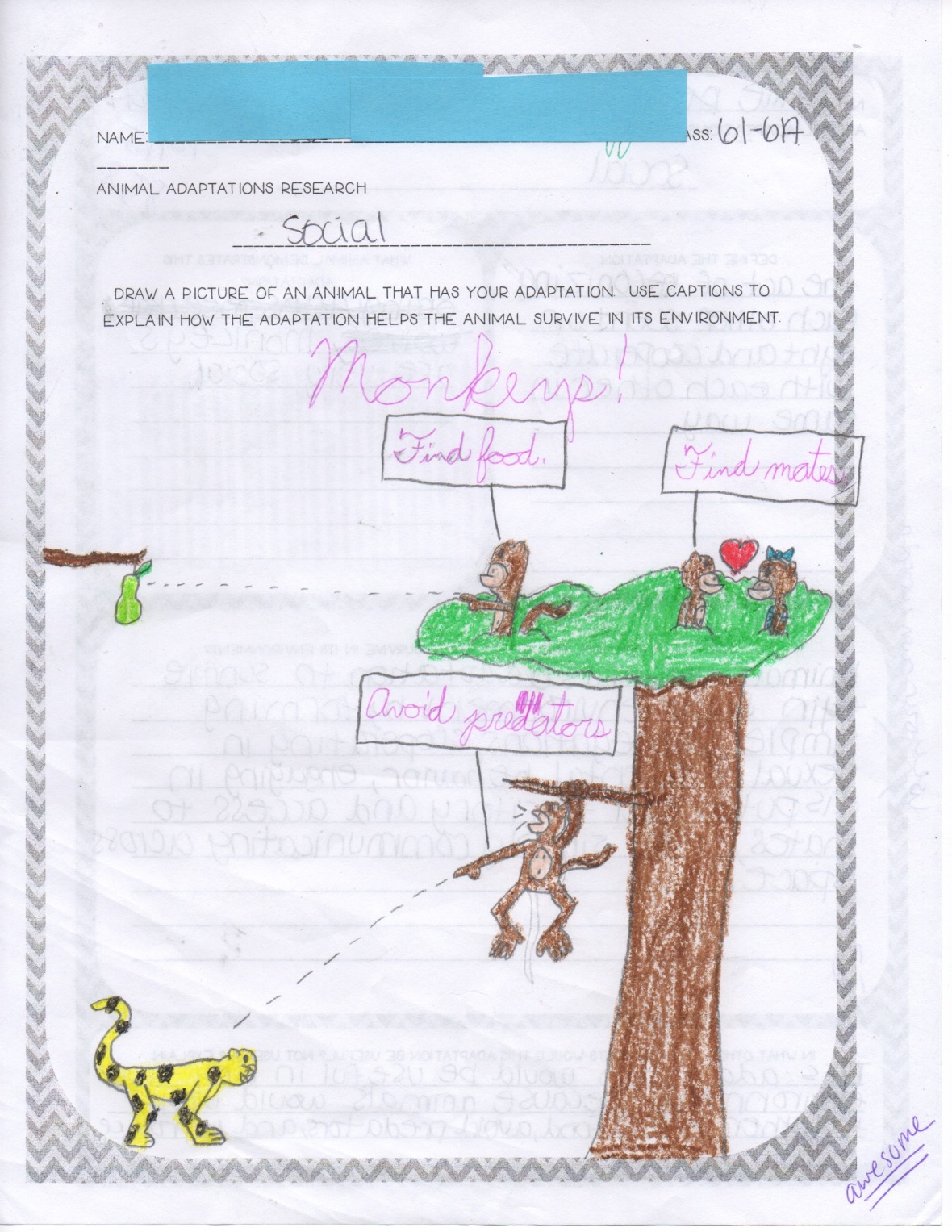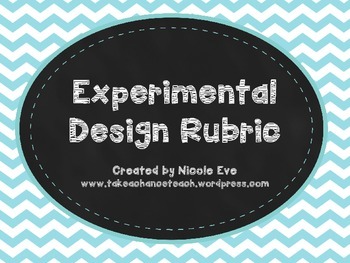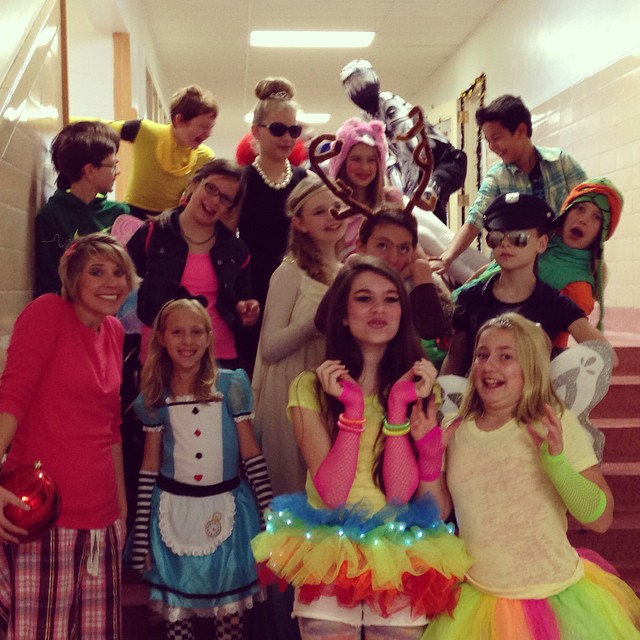Recently, the Pennsylvania State Senate sponsored a bill to eliminate the requirement that districts provide teachers with 10 sick days each year. Senator Eichelberger commented that, “We’re talking about sick days for people who only work 8 ½ months. It’s ridiculous …”
For all those who may share his opinion, or for those who may wish to reach out to their state senators on this issue, I wanted to share some of the points I brought up in a recent email:
Senator Eichelberger,
I wanted to reach out to you regarding a comment you recently made regarding legislation that was recently passed. “We’re talking about sick days for people who only work 8 ½ months. It’s ridiculous …” — Sen. Eichelberger
As a teacher of six years, who has worked in both public, private, and charter schools, I would like to share a little bit about my experience. While school is in session from the end of August to the middle of June (9 1/2 months — not 8 1/2), teachers typically work more than the 40/hour workweek most Americans are accustomed to. We arrive at school early and stay at school late. This is because we teach the majority of our day. While at my school we have on block “free” — 1/2 of that time is taken completing a duty for the school (such as attendance duty, lunch duty, ISS supervision, study hall supervision, substituting in classes when necessary, etc.) The remaining 40 minutes of the day are ours to complete the work necessary to provide our students with a quality education.
What are those things we do during those 40 minutes? We plan complete curricular units — identifying learning targets and success criteria, seeking out engaging instructional resources and adapting them for our students, creating assessments based on what we have taught, and then evaluating all of those things to make sure your students really ARE learning. In addition to ALL of that, we complete additional paperwork for our schools, districts, and state — such as tracking progress on student IEPs (even a regular education teacher can expect 30-60 IEP students in their classes), evaluating students for additional services (called the Student Assistance Program in my district), completing additional work for the teacher evaluation system (called SLO/Student Learning Objectives in my district), and participating in optional extracurricular activities. For myself, this involves work with Allegheny College’s Creek Connections program, two grants we have received to create a “makerspace” and pollinator garden at my school, and the planning of a middle school STEM night to engage rising 8th graders and our own high school students. I hope you understand that 40 minutes is hardly enough to complete ALL of these tasks, so understandably these things fill up a teachers’ evening and weekend hours. Many of this work also is completed during the summer months, as teachers prepare their curriculum and classrooms for the following year.
While I have not yet addressed your sick day comment, I just wanted to be clear that teachers certainly put in a full year’s worth of work, even though we spend a chunk of our time working from home. This, however, is not unheard of – as many companies allow their employees to work remotely.
That established, I would like to address the comment on sick days. As an educated individual, I expect you realize that humans often have little control over health issues – including their immune response to pathogens. When a body is exposed to a bacteria or a virus, it does its best to fight it off. Sometimes and for some individuals, their bodies can fight off the pathogen quickly and easily. You may call this “getting a cold.” We feel a little under the weather, but most adults typically choose to work through it. Occasionally, these pathogens can overwhelm a body’s immune system, and it takes a little longer to get better. Typically, adults would experience more severe symptoms when this occurs, and they may decide to stay home from work. Considering the way pathogens are typically spread, this is actually the wiser decision, because it prevents the spread of disease.
You may have also noticed that most illnesses make their rounds during the winter months, when people are holed up in close quarters and many viruses tend to thrive. Interestingly, these are the same months that teachers spend working in their classrooms. Do you see where I am going with this? If not, let me explain more clearly: Teachers (like all humans) are more likely to get sick during those winter months when they are working “at the office” (as opposed to the months they work from home). Therefore, it does not seem to make sense to take away sick days that can be used during those winter months simply because we are not in the office during the summer months.
Let me add one more dimension: Many teachers are also parents. Children, like adults, tend to get sick during those winter months. Young children in daycare tend to get sick even more often, as their immune systems are exposed to new pathogens and easily overwhelmed. As a parent yourself, I am sure you are aware that sick children are not allowed to go to daycare or school. I would imagine you would also support that — since again, a sick child is likely going to spread that illness to the other children. When a child becomes sick, parents often have to use their sick days to care for that child. If you take away teachers’ sick days, what are we supposed to do with our sick children?
I hope you can see why I feel your comment was uninformed and unreasonable. On top of the illogic of it, I would also like to point out that teachers are professionals who attended years of school and training to work a very difficult (although for many, myself included, very satisfying) job. Like any professional, we want to be treated as we deserve, and we will seek out opportunities based on that perception. Offhand, I cannot think of a professional career that does not provide sick or vacation days to its employees, so I’m not sure why you would expect teachers to accept any less? Should “benefits” like sick days be removed, I would imagine Pennsylvania will find itself with a growing teacher shortage as qualified individuals seek careers with more lucrative and livable conditions. Considering education is fundamental to the welfare of any 21st century society, I fear this would not bode well for our Commonwealth.
Please consider these issues as you move forward with legislation, knowing that teachers are important and politically active actors in our state and nation at large.

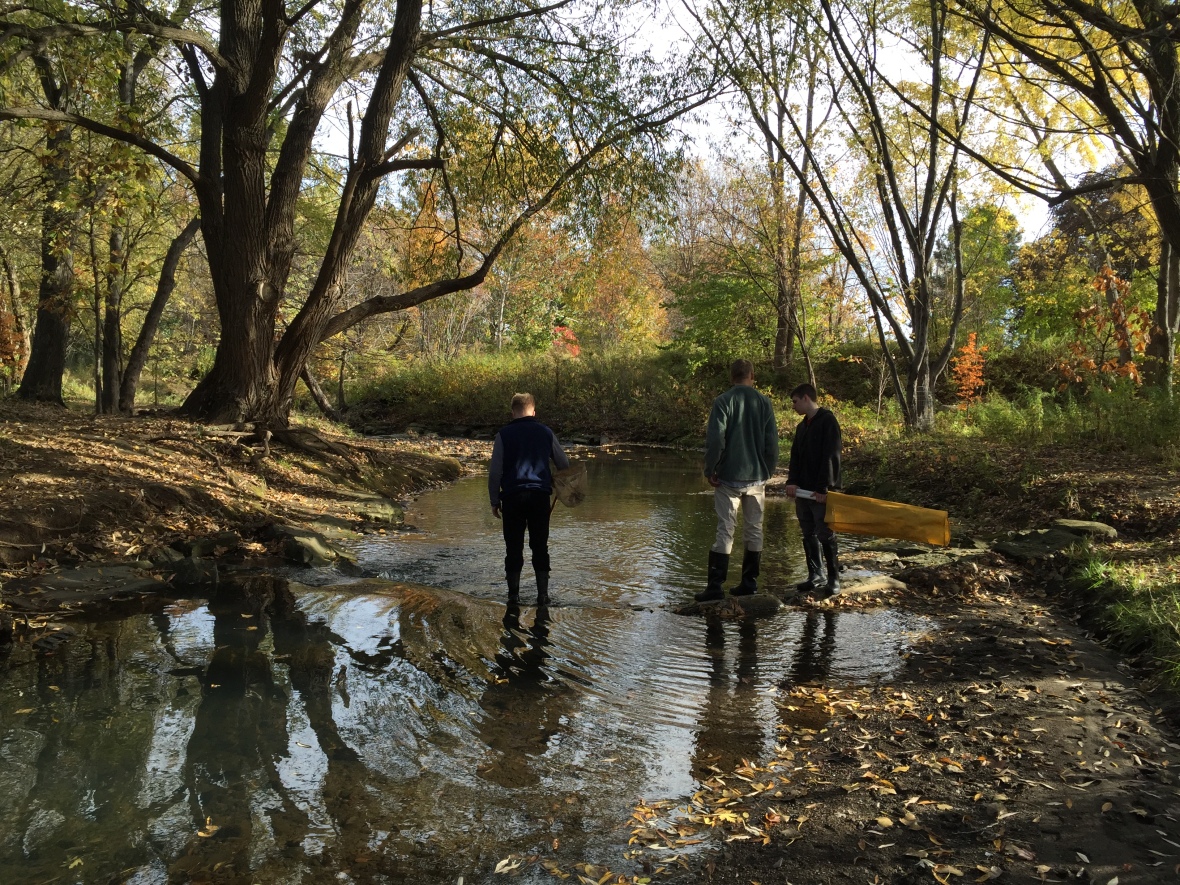




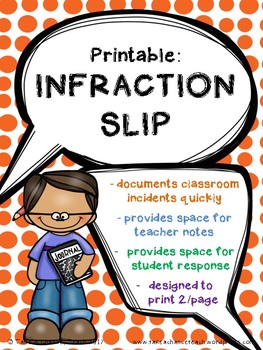


 My students keep their work in Health Portfolios that stay in the classroom, and they keep track of their grades on an Assignment Record like the one pictured to the left. (PS – It’s available
My students keep their work in Health Portfolios that stay in the classroom, and they keep track of their grades on an Assignment Record like the one pictured to the left. (PS – It’s available 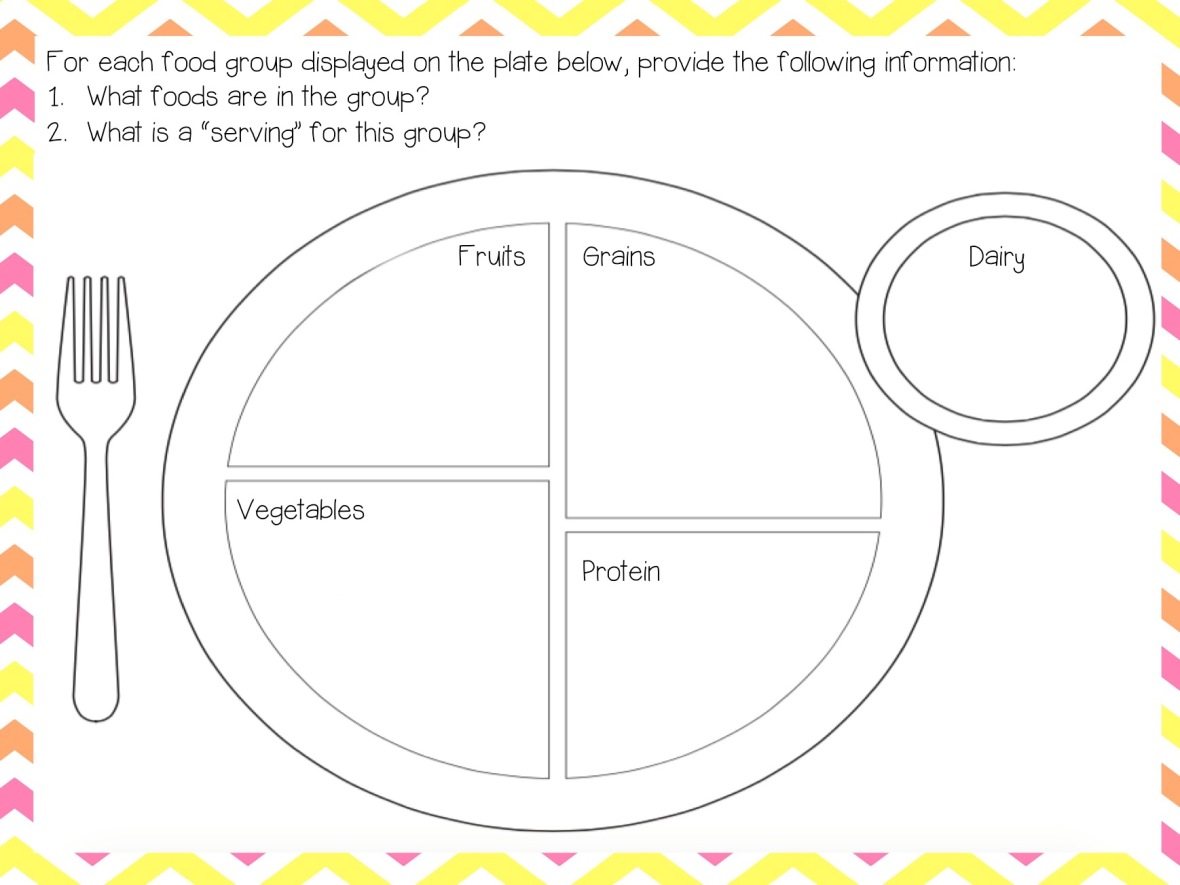
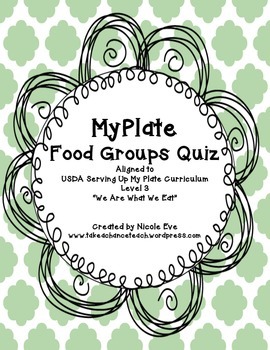
 Now,we have moved on to vitamins and nutrients. Students are using the “Nutrient Knowledge” handout from the Serving Up My Plate curriculum to fill in another graphic organizer. You can see the format of the organizers below, and my TpT file also includes an answer key.
Now,we have moved on to vitamins and nutrients. Students are using the “Nutrient Knowledge” handout from the Serving Up My Plate curriculum to fill in another graphic organizer. You can see the format of the organizers below, and my TpT file also includes an answer key.


